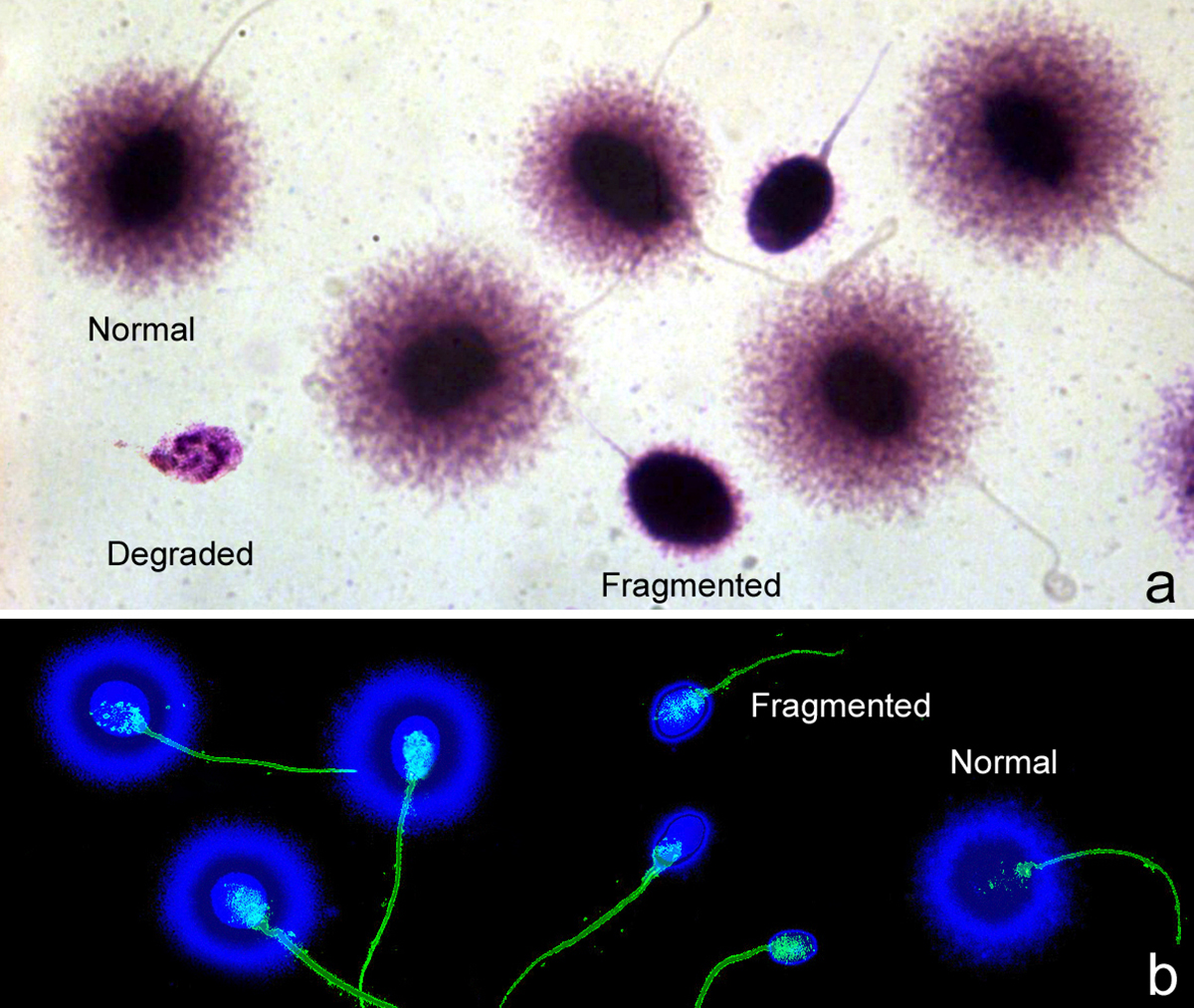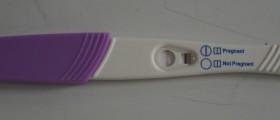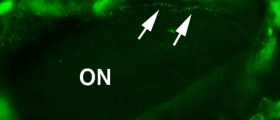
Solution for “troubled” conceiving
Artificial insemination presents one of the surest ways for those couples who are experiencing difficulties in conceiving in a natural manner. The popularity it has gained is, of course, not unfounded since it has proven to be extremely effective when it comes to dealing with numerous kinds of infertility. What is even more important is that it is non-obtrusive and it is minimally invasive for the woman in question.
Pre-phase
Prior to making a decision whether to undergo the entire artificial insemination procedure, the couple is advised of taking a test for the purpose of discovering the main culprits that affect the entire process of conceiving. In the case of women, the tests in question involve:
Hysterosalpingography – a testing method performed under general anesthesia, residing on fluid injection into the woman’s uterus. After completing this initial phase, the next step is performing an X-ray of the area where the fluid has been injected for the purpose of discovering potential obstacles or irregularities relating to the uterus, as well as the fallopian tubes.Laparoscopy – testing method performed under the same conditions as the previous one. with one difference only- instead of the fluid, a tiny device used for getting an inside image (also known as the laparoscope) is inserted into the abdomen with the goal of aiding a physician in question to get a more in depth view of the fallopian tubes, ovaries and the uterus. In addition, this method has the potential of revealing if at the bottom of infertility lies such reason as endometriosis, scarring or certain irregularities that hinder and disable a couple from conceiving.Hormone testing – is the method employed with the aim of testing the overall levels of the pituitary hormones, as well as thyroid and other hormones that are engaged in ovulation.Ovarian reserve testing – represents a technique whose primary goal is to observe and determine to what extent the eggs are viable once the ovulation is finished. Important to mention is that the test in question is performed in relation to the hormone testing.When it comes to the members of the male population, the testing includes:
Hormone testing – for the purpose of getting a detailed insight into the levels of testosterone, as well as other important hormones,Semen analysis – aimed at discovering possible irregularities and anomalies in the sperm, and the sperm count,Transrectal and scrotal ultrasound – testing method making use of ultrasound for the purpose of investigating the possible issues and irregularities in ejaculation.The most justifiable reasons for choosing this method of conception include such as when a male has a low sperm count, mobility/motility of the male’s sperm is low, no valid explanation for infertility exists, and when the female partner is affected with the sperm allergy, which initiates the occurrence of antibodies in response to the male’s sperm.

















Your thoughts on this
Loading...